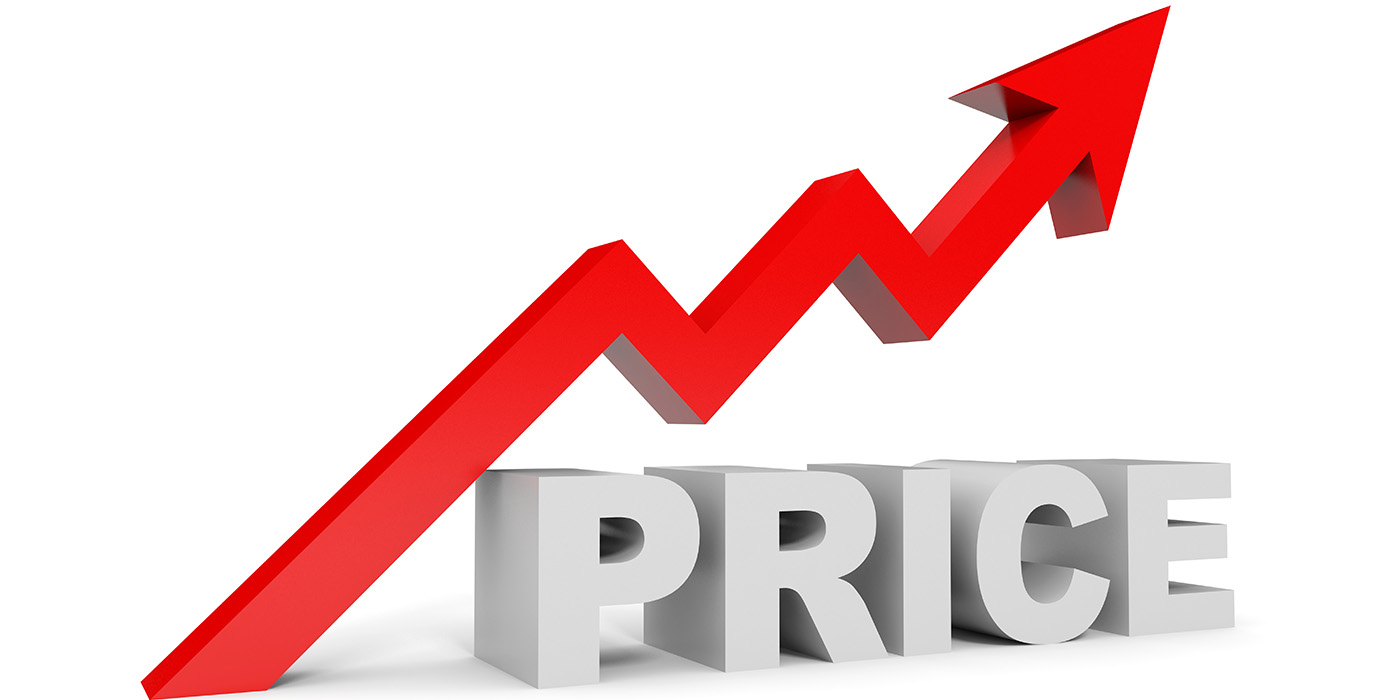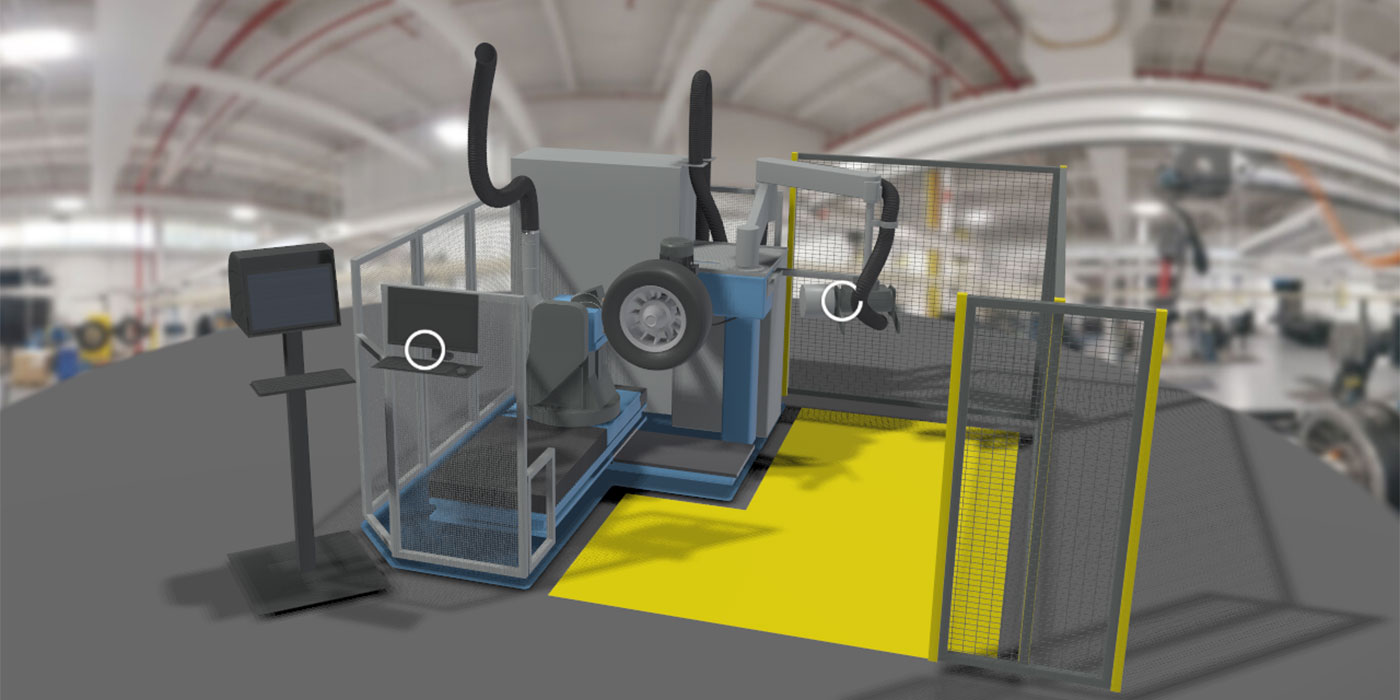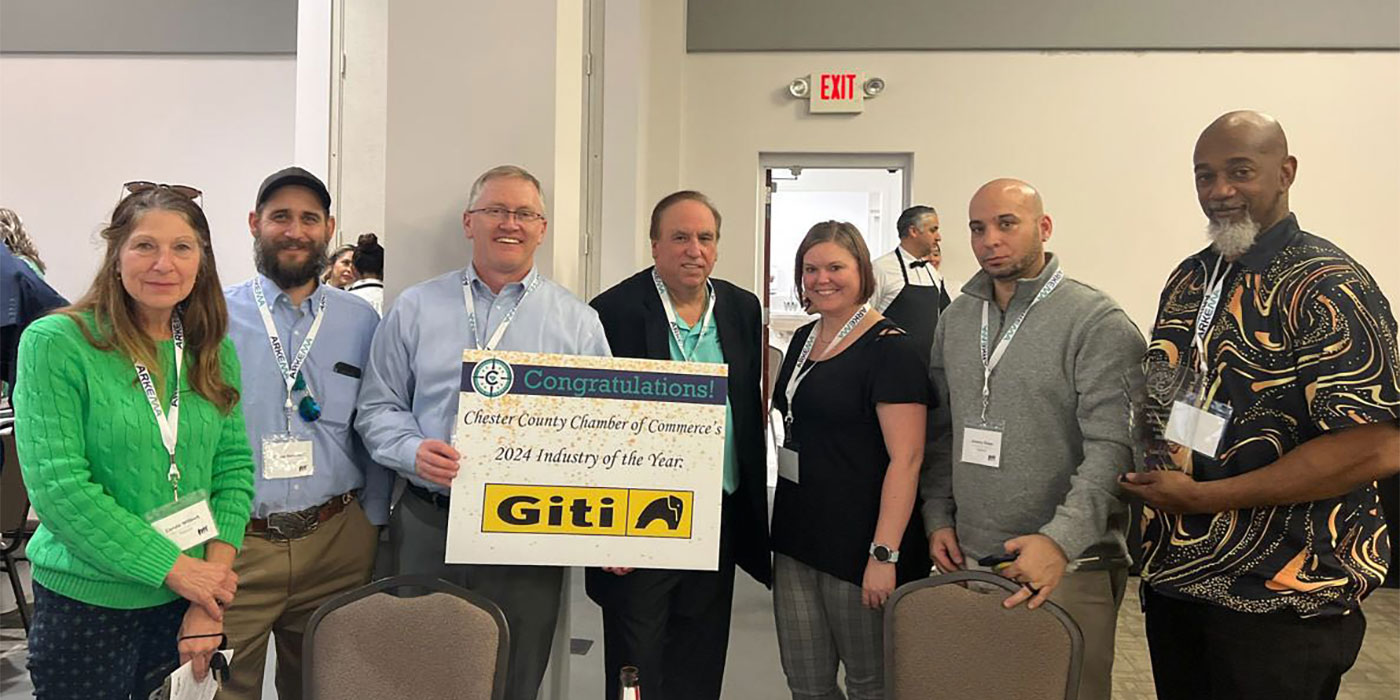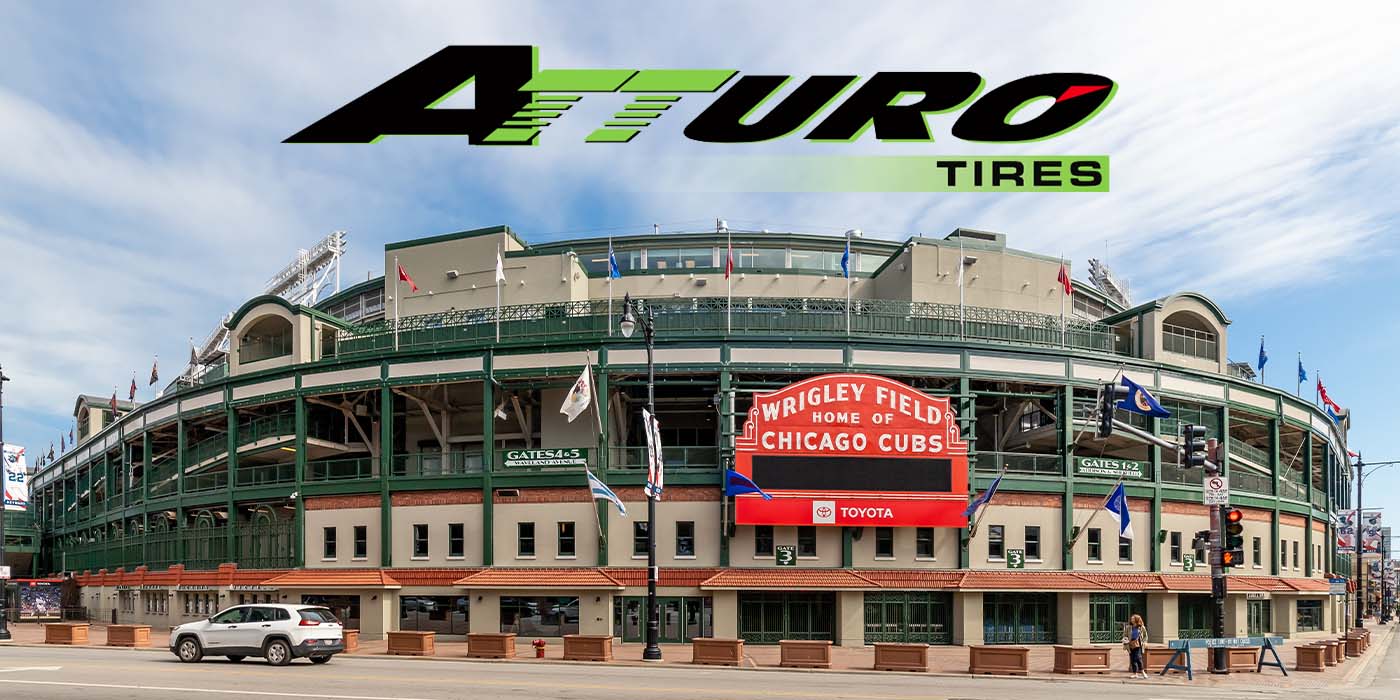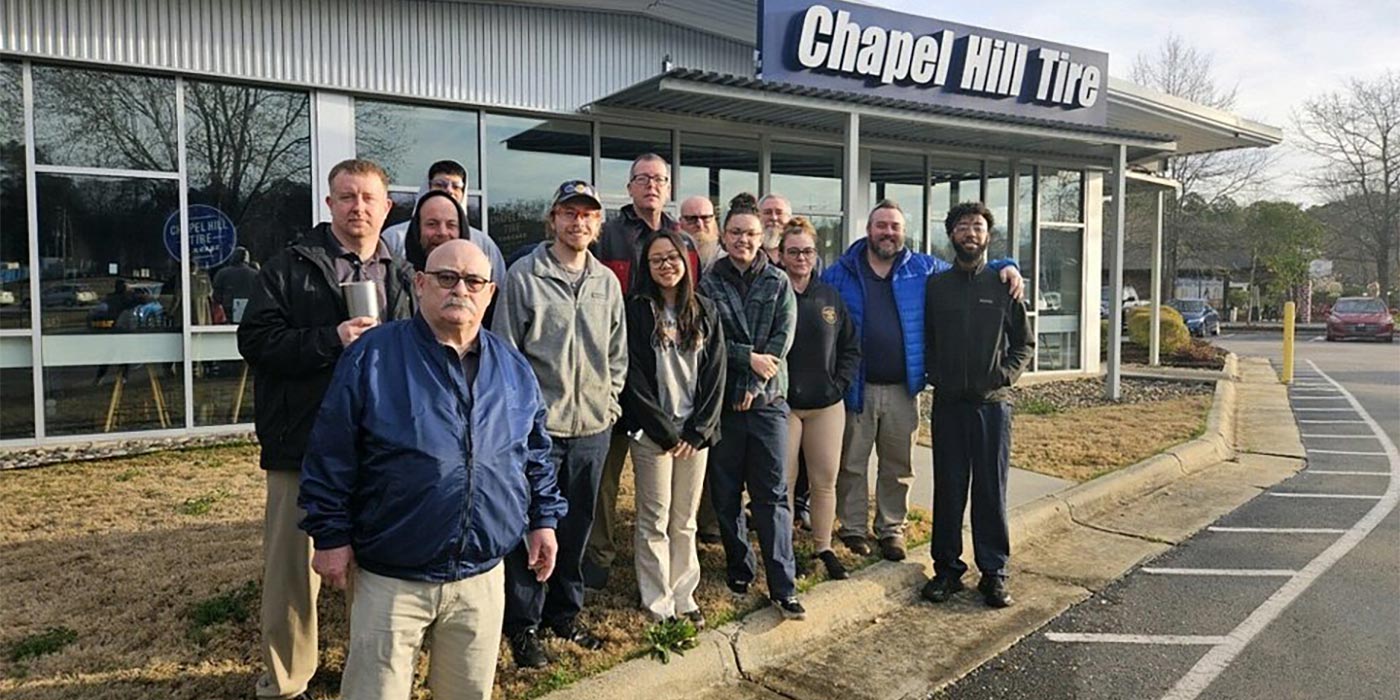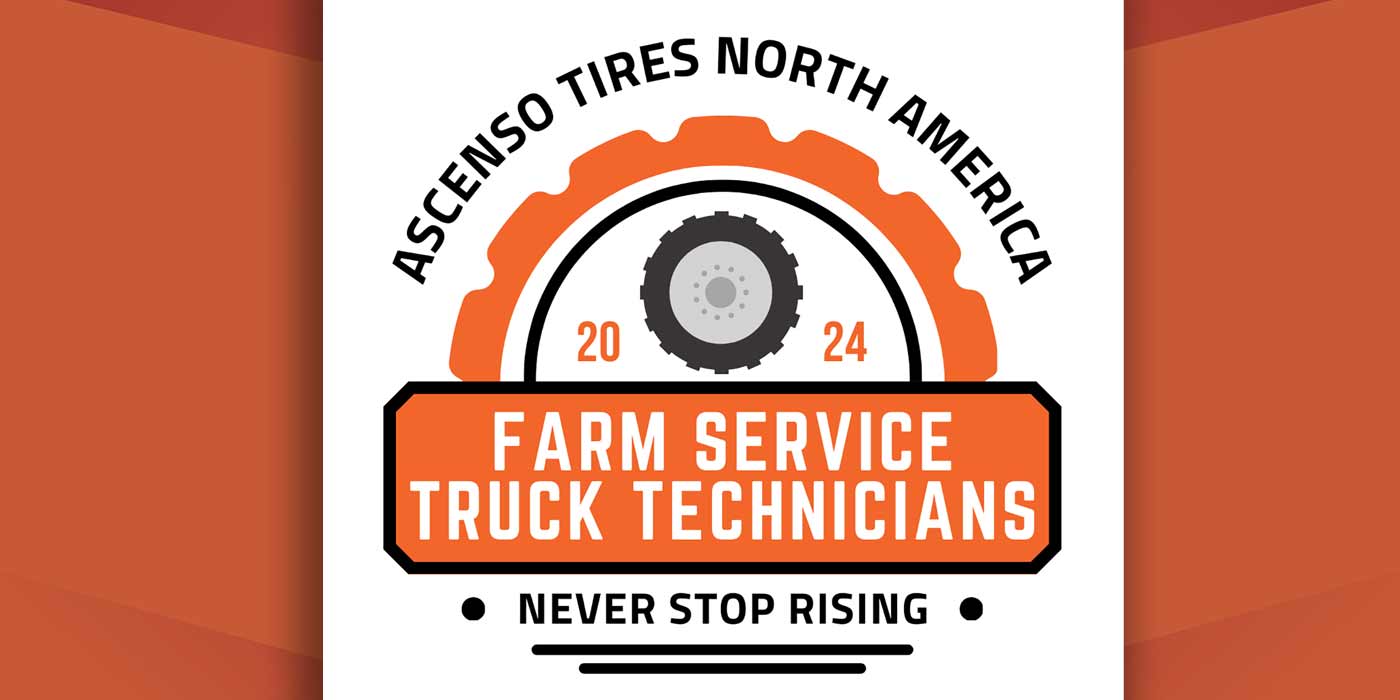Fuel efficient tires and the “green” movement go hand in hand. A concern for the environment, rising gas prices and government regulation all have helped grow demand for fuel-efficient tires. With each new set of Corporate Average Fuel Economy (CAFE) standards the federal government sets, auto manufacturers are required to meet new fuel-economy benchmarks. While these requirements lead to automobile innovation, the standards also drive tire innovation.
“Vehicle manufacturers come to the tiremakers and ask ‘How can you help? We have to improve our fuel mileage on our new cars and we’re asking you to jump in and do some of that as well.’ Development wise in tires it’s kind of a natural progression to want to get better fuel economy,” says Chris Welty, consumer tire education specialist at Bridgestone Americas.
Other policies impacting the development of fuel-efficient tires include the Energy Policy and Conservation Act, the Clean Air Act, and the F.A.S.T. Act of 2015, according to Conrad Galamgam, senior director of product planning and technical services at Toyo Tire U.S.A. Corp.
“Auto manufacturers have been applying numerous technologies to improve the overall efficiency of new vehicles,” says Galamgam. “Low rolling resistance tires are one component to improving fuel economy to meet Corporate Average Fuel Economy standards and reducing greenhouse gas emissions from new vehicles.”
In addition to government regulations, high gas prices have also led to the adoption of fuel efficient tires. Now that gas prices are no longer hovering around $4 a gallon, those lower gas prices have yet to impact the sales of fuel-efficient tires. However, “low gas prices could have an effect if they stay low for several years,” shares Tom Kenney, director of technical service at Yokohama Tire Co.
Lowering Rolling Resistance
The tiremakers agree that many different factors can impact a tire’s rolling resistance, including outside factors such as temperature, road surface, humidity and a vehicle’s speeds, as well as a tire’s ingredients and construction.
“Many factors of tire design affect fuel economy. The major contributors include less hysteretic rubber compounds, an optimized tire profile, less mass and new rubber processing techniques,” Kenney says.
“All of the tire components must work together in concert to reduce rolling resistance,” adds Toyo’s Galamgam. “Compound, construction, tread design, size/dimensions, aerodynamic drag and weight are all factors that contribute to how much fuel is required to move the tire down the road. The lower the rolling resistance of a tire, the less kinetic energy is lost through the tire, resulting in improved fuel efficiency.”
Historically, trying to achieve one performance attribute required significant tradeoffs in other performance attributes, but technology is creating fewer sacrifices.
“Modern technology is allowing fewer and fewer tradeoffs, not only in fuel efficient tires but everything. If you look at a performance tire, the tread life has gone up and the grip hasn’t gone away; the grip is even higher than in the past. So it’s the same thing with a low rolling resistance tires,” Bridgestone’s Welty explains. “I use the analogy of a teeter-totter…. Technology is allowing us to bend that teeter-totter. You can get more without giving up as much as you used to.”
Some of the technology used by the tiremakers to make tires more fuel efficient without sacrificing performance include Toyo’s proprietary Nano Balance Technology, Bridgestone’s NanoPro Tech and Yokohama’s Orange Oil Technology.
Into the future the tiremakers predict a wider adoption of fuel-efficient tires. Additionally, the tiremakers note that all tires, not just fuel efficient tires, will have lower rolling resistance.
“Think about it like a telephone. We used to use flip phones that had antennas and now we all have smartphones that we can book flights to Japan with. Would you ever go back to that Gordon Gekko brick?” Welty shares. “Why would we go backwards when we can have as much as we have now with no tradeoffs? I think tires are the same thing. Why would you want a tire that got terrible gas mileage if you didn’t have to? Technology is allowing us to have our cake and eat it too.”
“As improvements in tire technology advance, the popularity of fuel-efficient tires will increase. Also, as vehicles become more efficient, the effect of the tire on fuel economy increases,” adds YTC’s Kenney.
The Consumer
Almost anyone could use a fuel-efficient tire; however, a few of the typical end users for the segment include environmentally conscious consumers, fuel price sensitive users, and OE consumers.
“On the replacement tire front, there is a segment of consumers who seek out and specify low rolling resistance tires. Customers are more informed than ever. With technological advancements in today’s vehicles, drivers are now able to view current and average fuel efficiency on their dashboard; making it much easier to monitor MPG than in the past,” says Toyo’s Galamgam.
On average a fuel-efficient tire can save the end user anywhere between 1-3% mpg.
“With fuel at $3 per gallon, a driver with a typical family sedan driving 12,000 miles a year might spend $1,440 on gas per year. If fuel efficient tires could provide 3% savings, this driver could save $43.20 per year. This same driver would spend $720 per year when gas is down to $1.50 per gallon and 3% savings would be $21.60 per year,” Galamgam shares.
While fuel savings can be significant there are segments of customers who won’t be influenced by this savings.
“There is a segment of consumers who place a high priority on fuel efficient tires, they may have a hybrid, EV or feel strongly about the environment. Those people will be less influenced by gas prices,” Galamgam says.
On the other end of the spectrum will be consumers who won’t buy a fuel-efficient tire regardless of the benefits, he says. “Other people will always place less emphasis on fuel efficiency regardless of gas prices. Those people may be more interested in the on-road performance or look of the tire. On the light truck side you have drivers also placing heavy emphasis on the off-road capabilities of a tire as well as its appearance.”
Whomever the customer, it is important that dealers educate the consumer on proper tire maintenance and its impact on fuel economy. Additionally, consumers should be educated on the rolling resistance differences between a new and worn tire, YTC’s Kenny advises.
“Any tire that is nearly worn out will have better fuel economy than even the most efficient new tire. The tread has typically the largest negative impact on fuel economy. Since a worn-out tire has little tread left, it is naturally more fuel efficient than a new tire,” he says. “Unless properly educated, it won’t make much sense for a consumer to be sold a more efficient tire, then have them see their mileage get worse after putting on a new set of fuel-efficient tires.”




